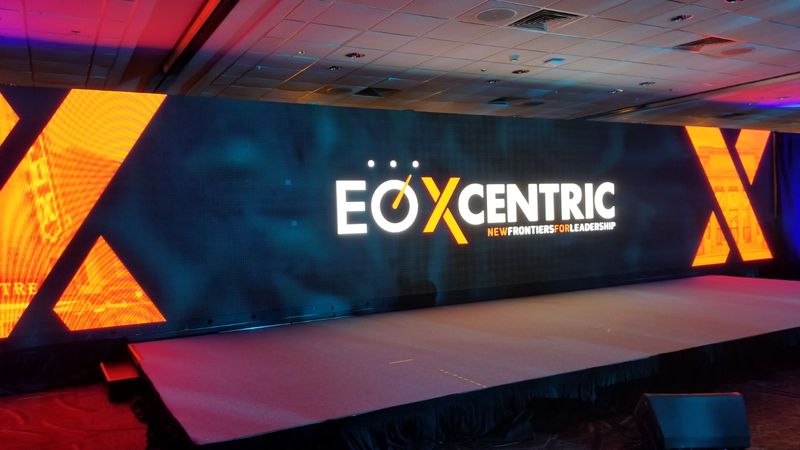Investigating The Way Resolution Affects the Functionality and Visual Caliber of LED Walls in Contemporary Display Technology
Investigating The Way Resolution Affects the Functionality and Visual Caliber of LED Walls in Contemporary Display Technology
Blog Article
LED screens are growing increasingly popular in various settings, including concerts and athletic competitions to corporate presentations and creative installations. One of the most crucial elements that affect the functionality and image clarity of these displays is resolution. Resolution denotes the quantity of picture elements that compose the visual on the screen. Higher resolution means more pixels, which can lead to clearer and clear images. Understanding how resolution affects LED walls can help users make informed decisions about their screen requirements.
When discussing resolution, it is crucial to consider pixel pitch, which is the distance between the center of one pixel to the midpoint of the next picture element. A reduced picture pitch results in a higher image clarity, enabling more detail in the images shown. For example, an LED screen with a picture spacing of 1.5mm will provide a clearer image than one with a pixel pitch of 3mm. This is particularly crucial in settings where audiences are close to the screen, such as in a small location or a exhibition show booth. In these situations, a higher resolution can significantly enhance the viewing quality.
Another aspect of resolution is its impact on color accuracy and brightness. LED screens with greater resolutions often have better hue rendering, indicating that the colors displayed are increasingly vibrant and true to life. This is crucial for applications like marketing, where the objective is to capture attention and convey a concept efficiently. Additionally, higher resolution screens can maintain brightness levels even when seen from various angles. This is important in big locations where audiences may be seated at various distances and positions from the display.
The performance of LED walls is also influenced by resolution in terms of refresh rates and response times. A greater image clarity screen can support quicker update frequencies, which is crucial for fast-moving material such as films and motion graphics. This indicates that the visuals on the screen will appear smoother and more fluid, improving the overall observing quality. In comparison, reduced image clarity displays may struggle with fast-moving content, leading to blurriness or lag. Therefore, for events that rely on dynamic images, selecting a display with a suitable image clarity is critical.
In summary, image clarity plays a crucial role in defining the More Info functionality and image clarity of LED screens. Elements such as picture pitch, color accuracy, brightness, refresh frequencies, and response times all affect how efficiently a screen can communicate information and engage viewers. As technology continues to advance, grasping these factors will assist operators choose the right LED screen for their specific requirements, guaranteeing that they achieve the best potential outcomes in their presentations and events.
